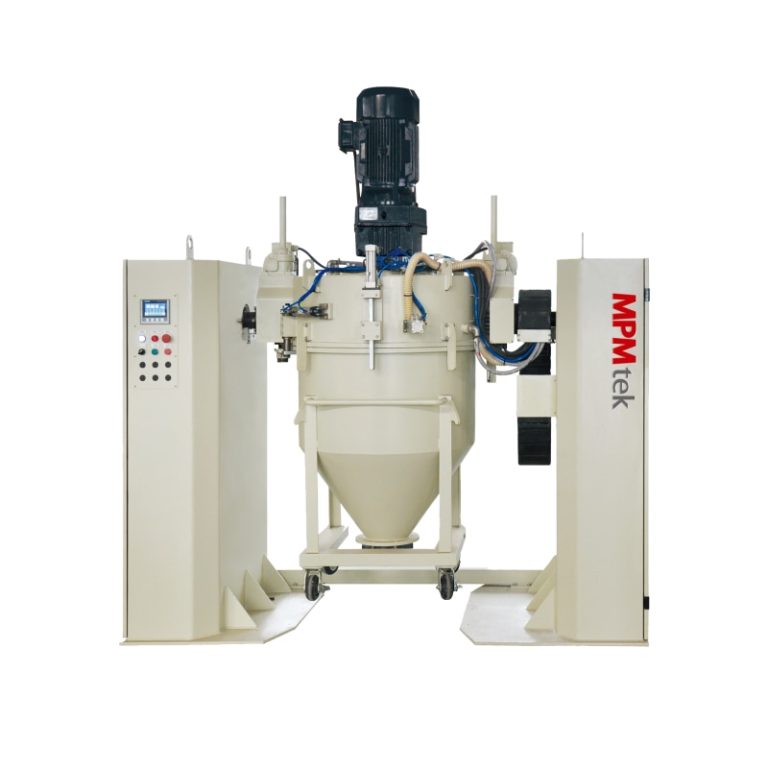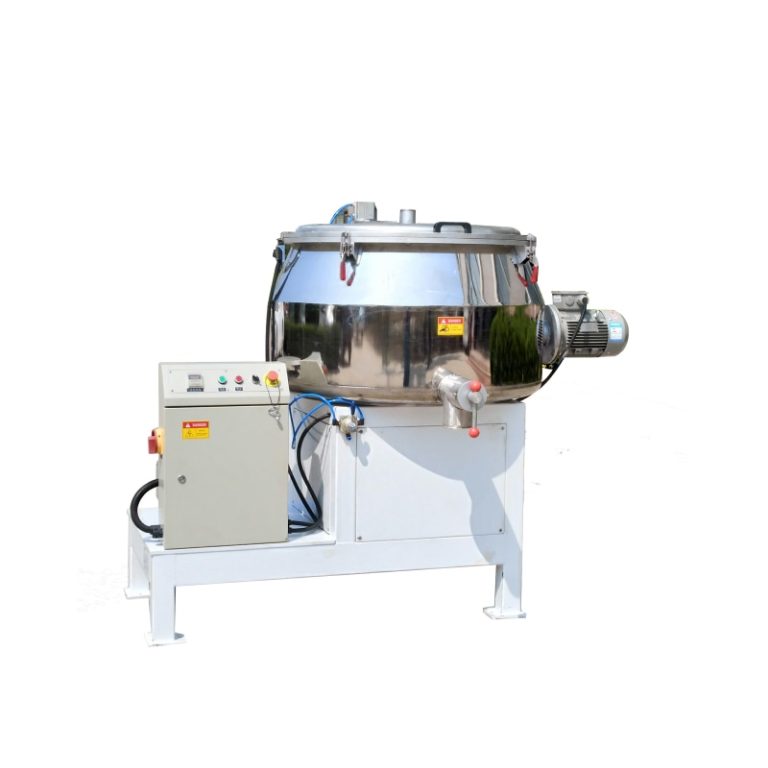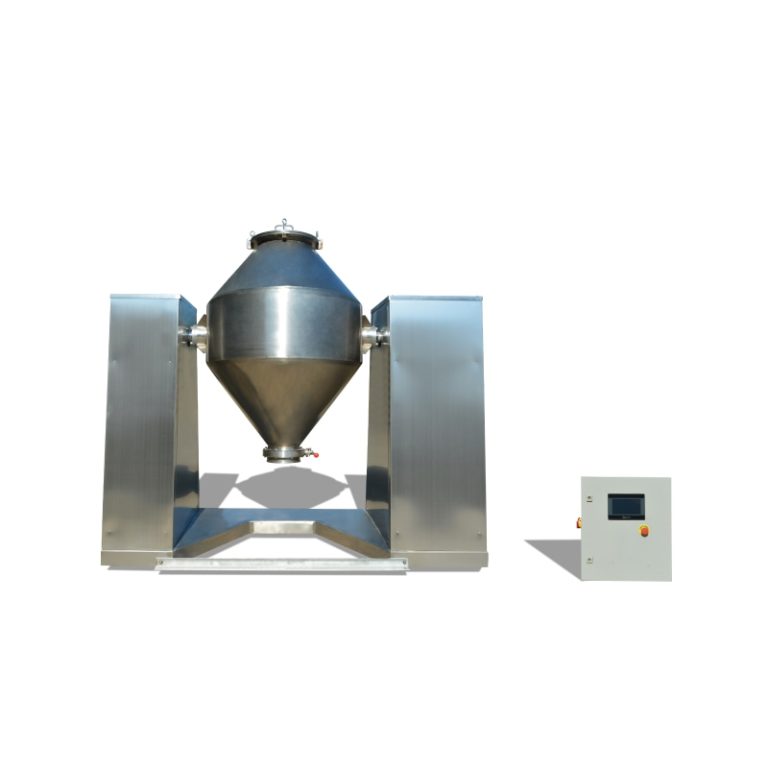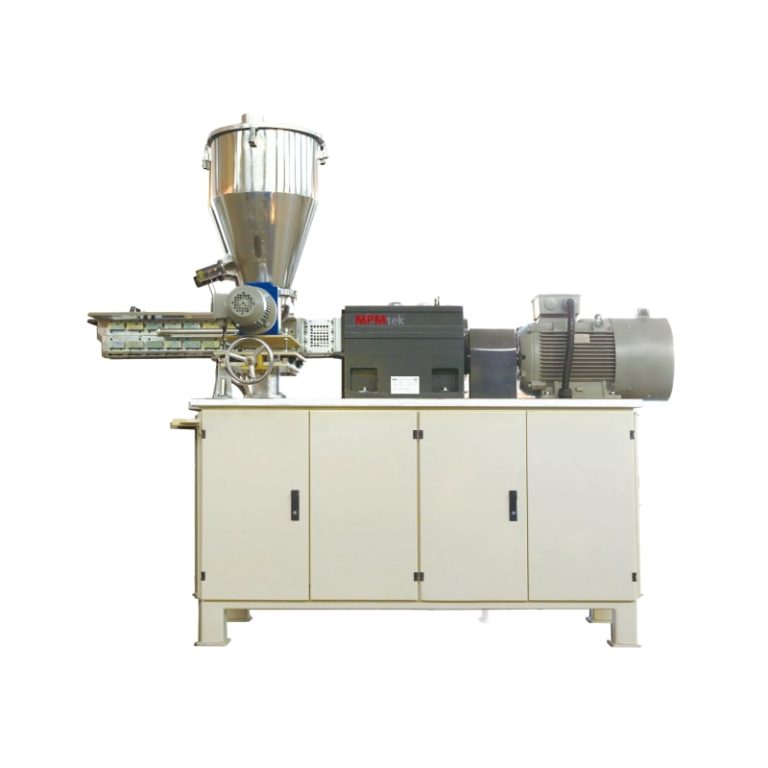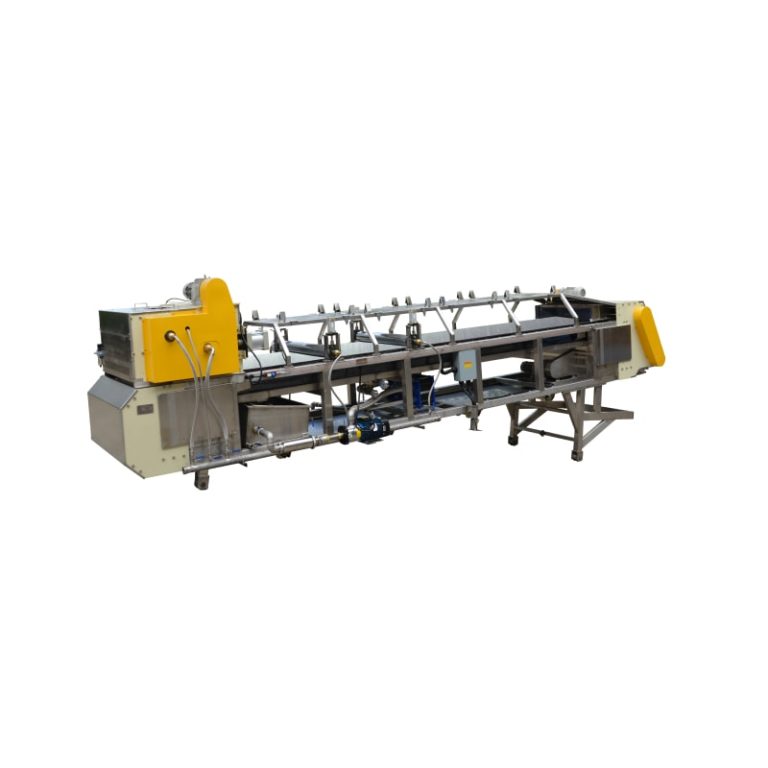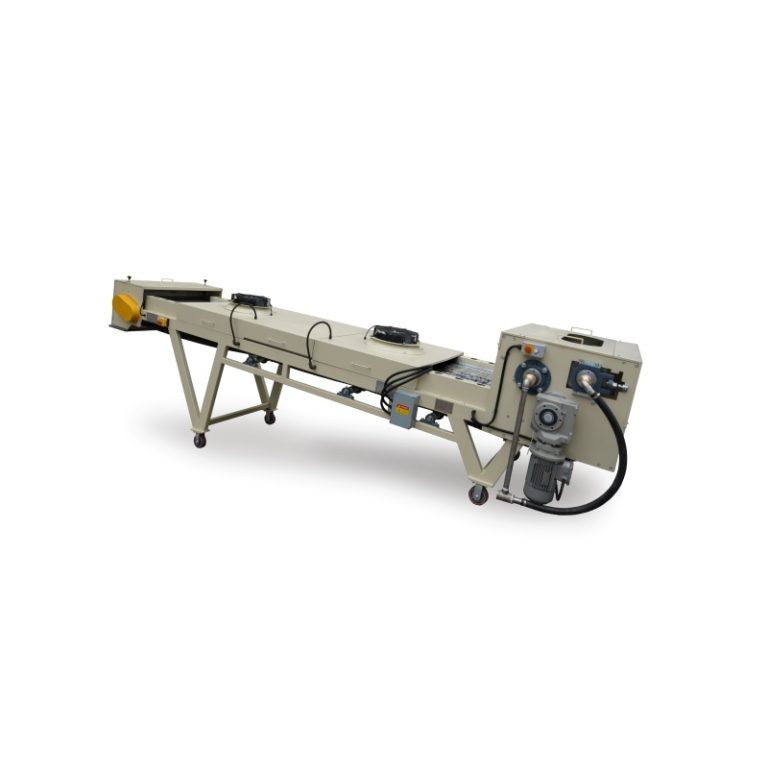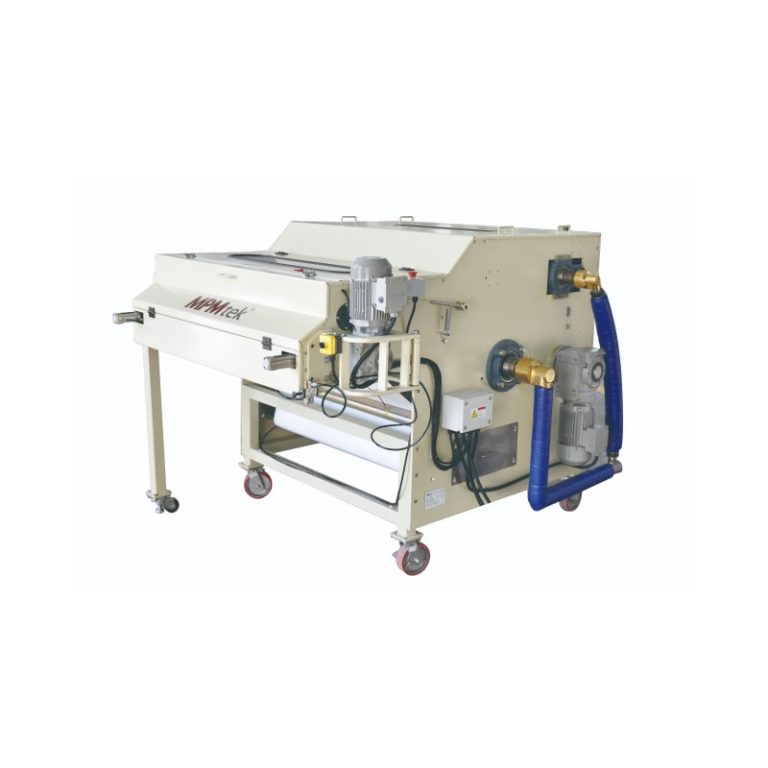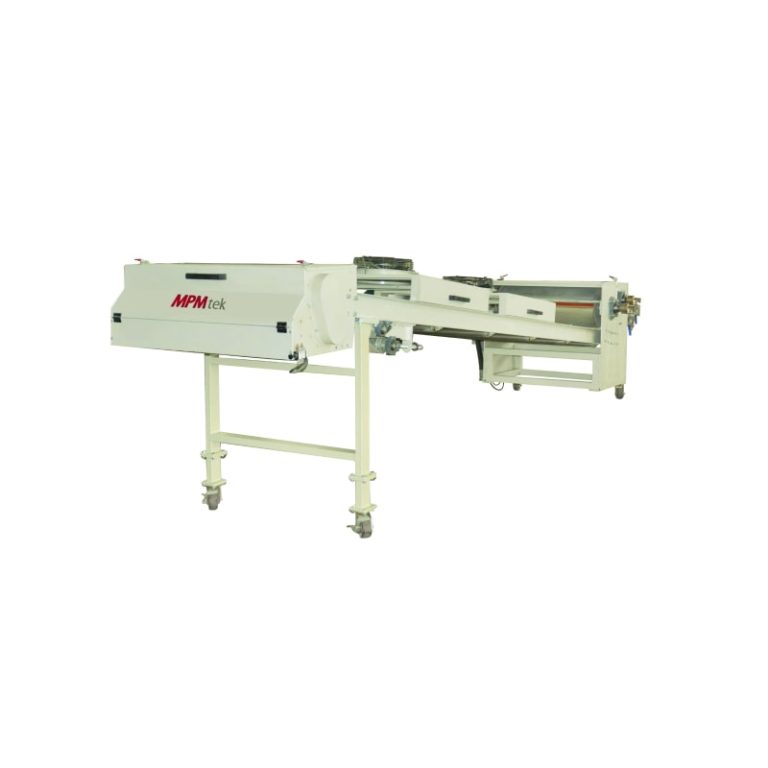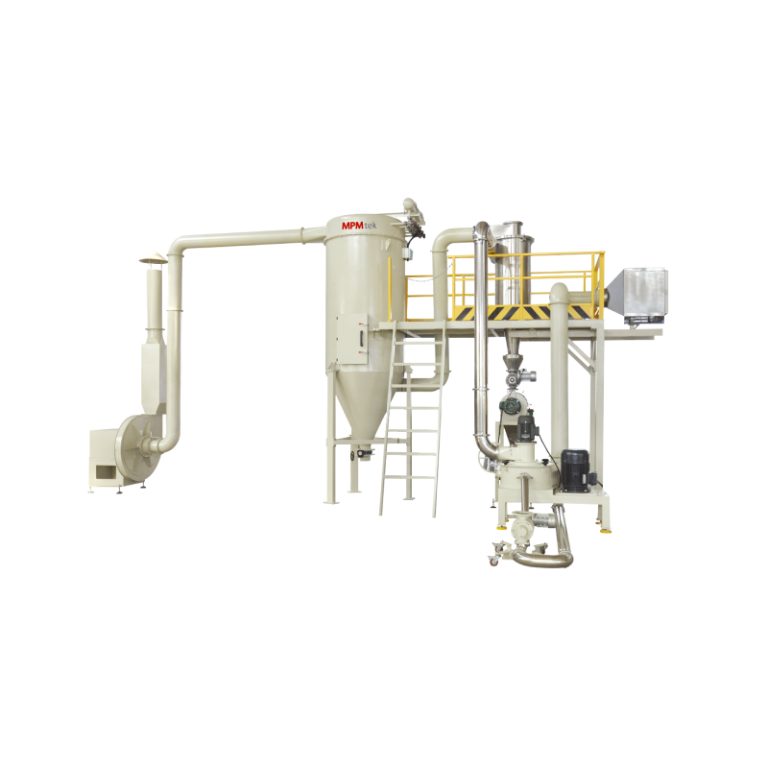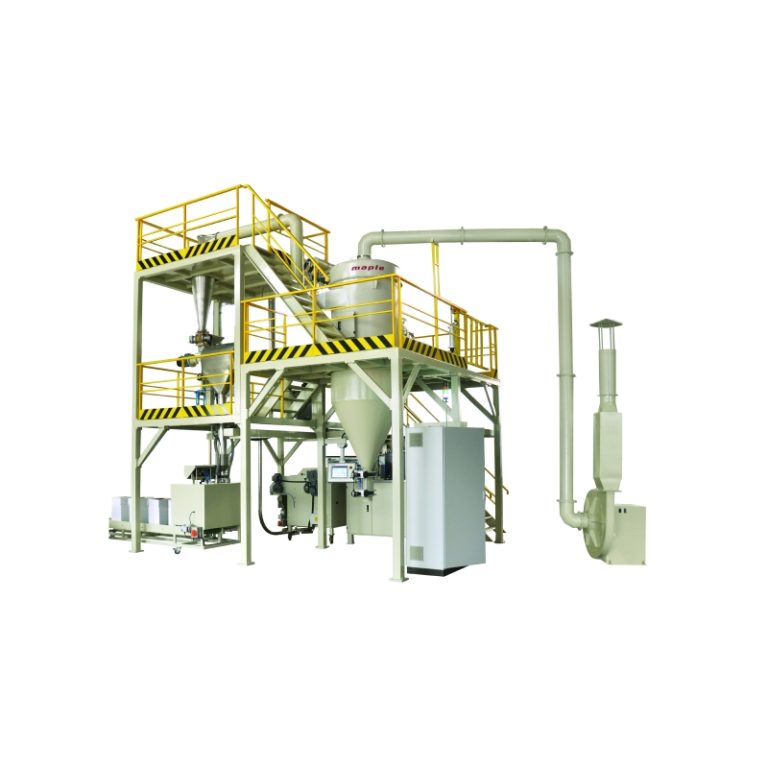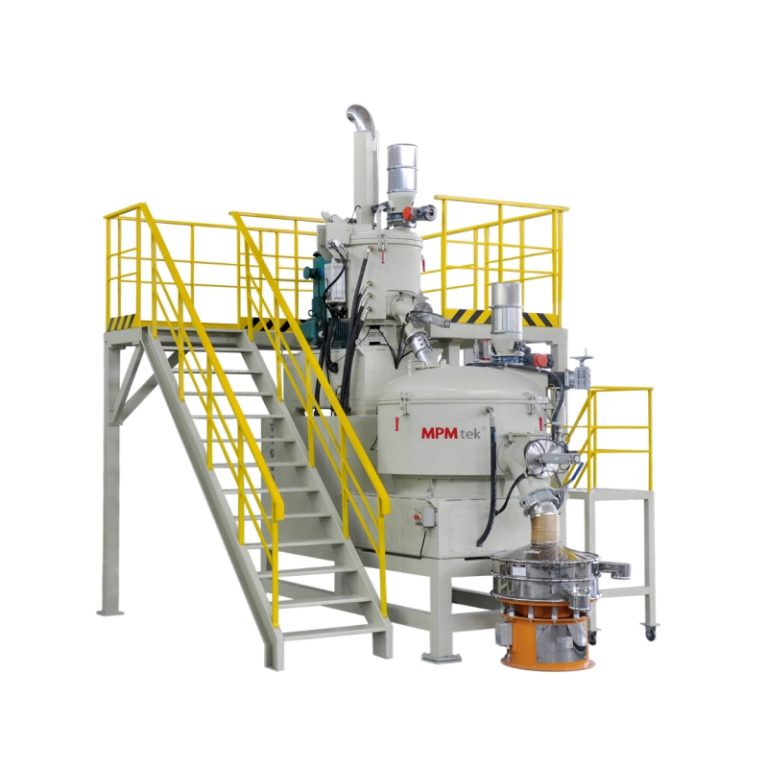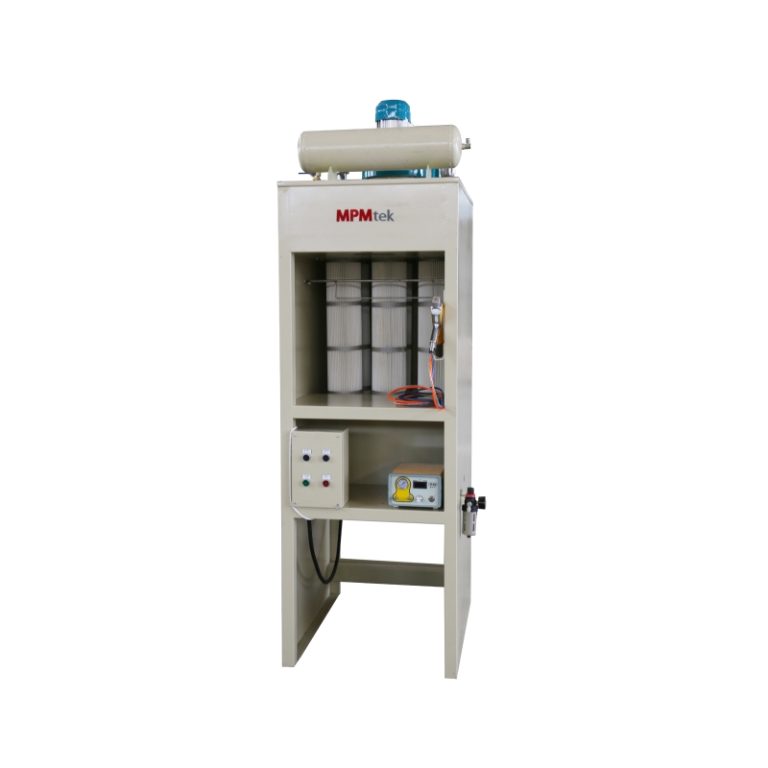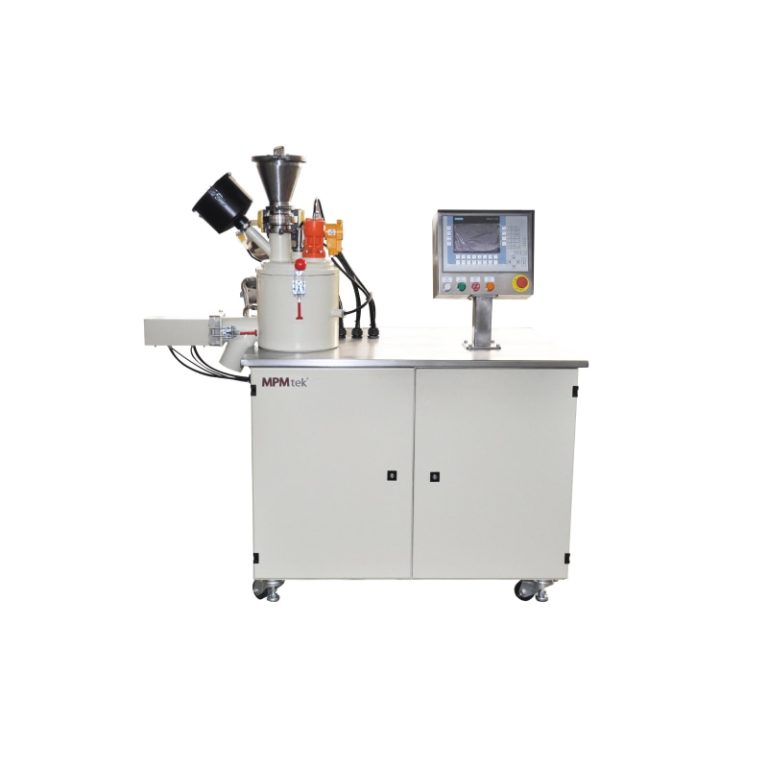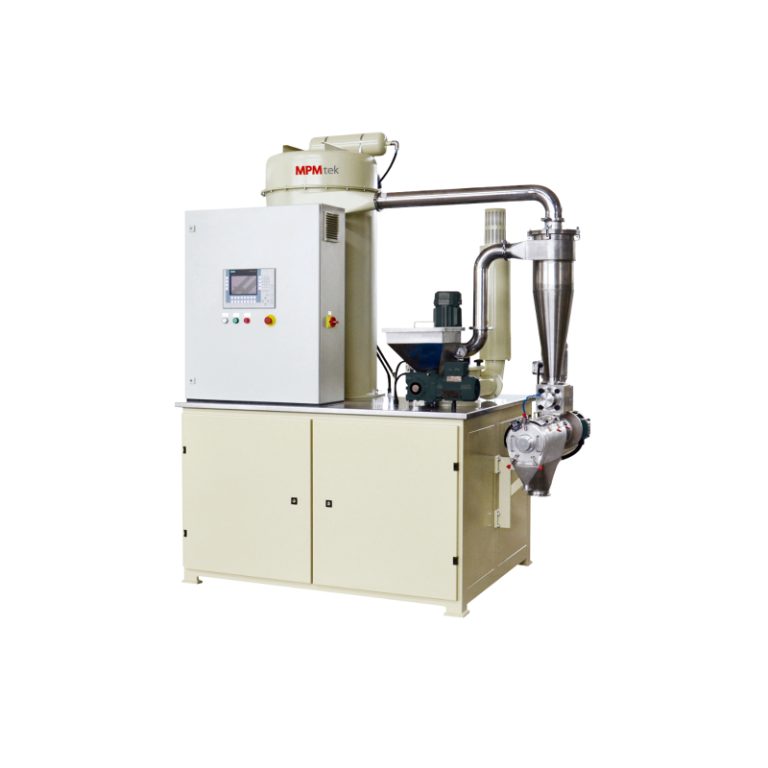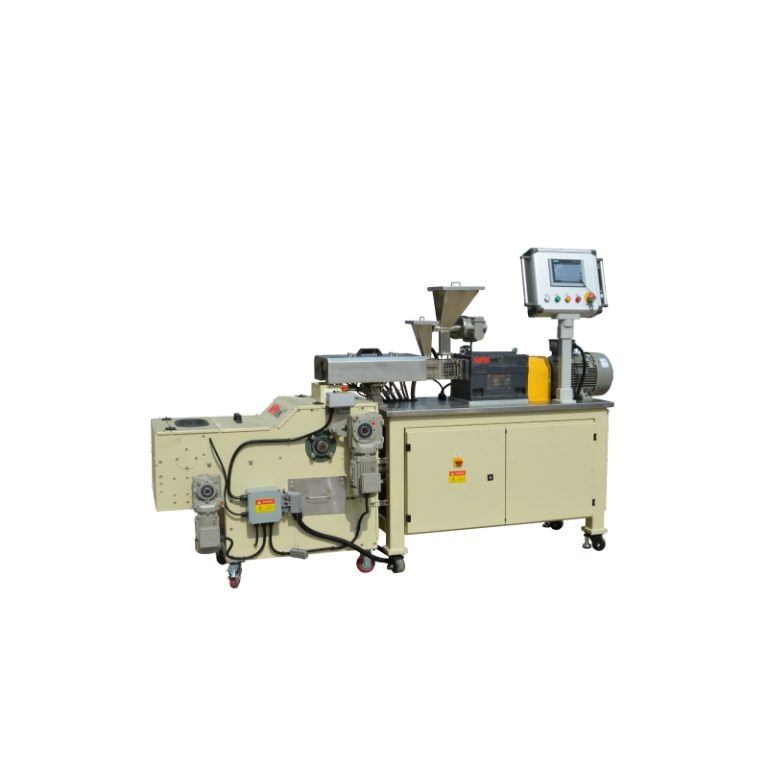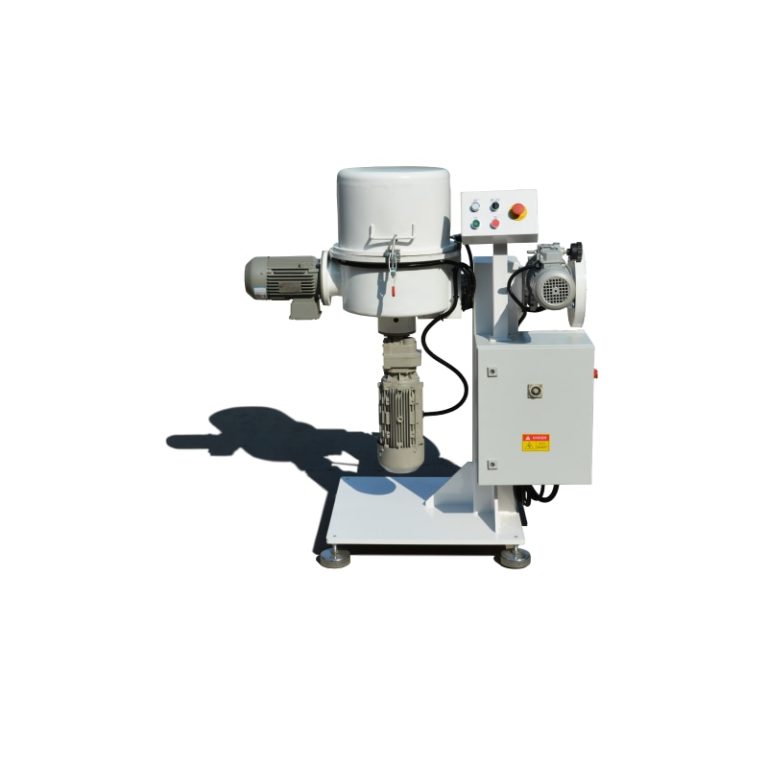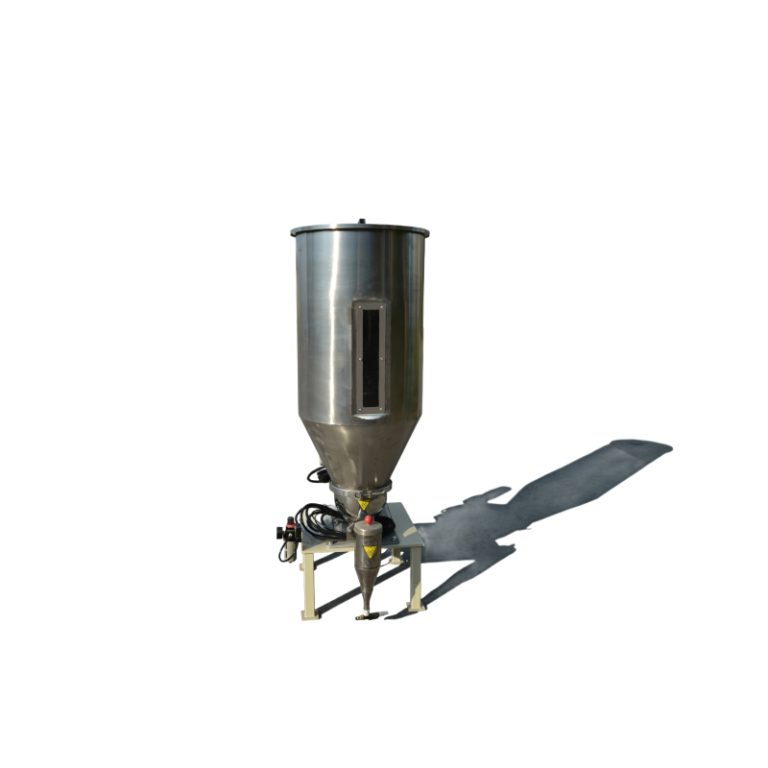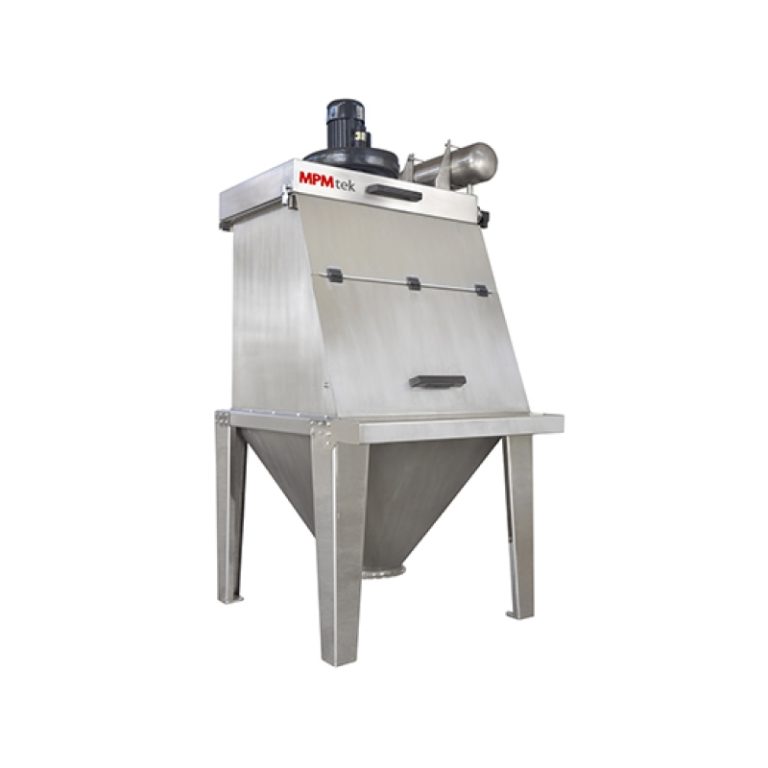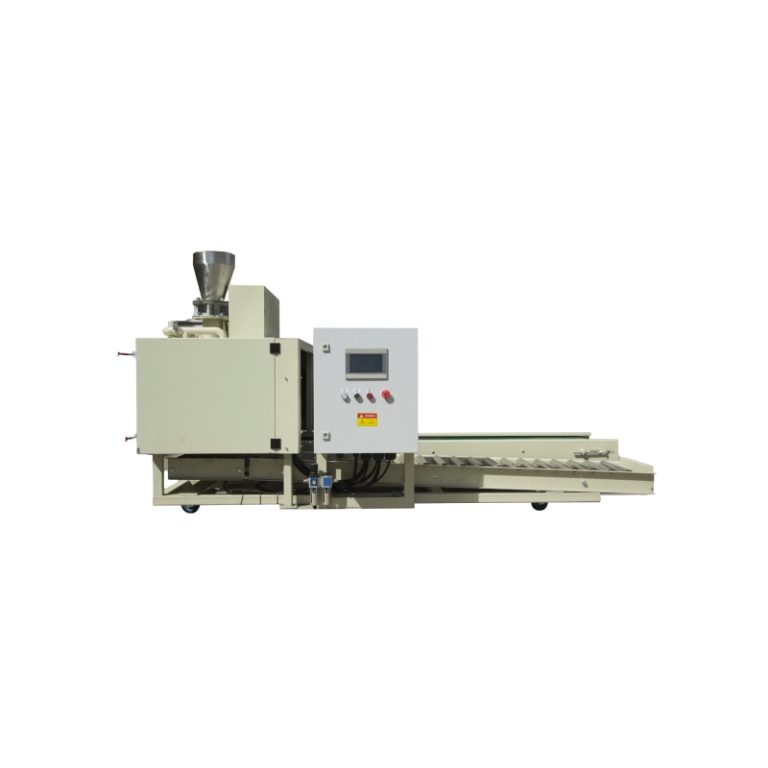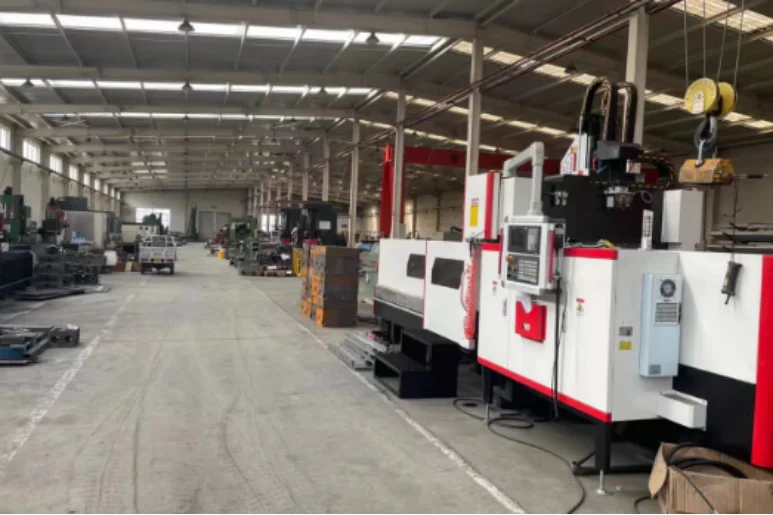
Regular care helps machines last longer and work better. This guide shares easy tips from powder coating equipment suppliers to keep your Powder Coating Production Line running smoothly. It covers cleaning, checking parts, and training your team, with a focus on gear like the ACM-07 Lab Scale Mill and Twin Screw Extruder from Yuanli MPM Machinery Co., Ltd.
Cleaning and Inspecting Powder Coating Equipment
Routine Cleaning Procedures for Optimal Performance
Cleaning your powder coating equipment often keeps it working great. Powder can build up inside machines, causing clogs and slowing things down. For example, the ACM-07 Lab Scale Mill needs a good scrub after each use. This keeps its high recovery rate (over 98%) and steady particle sizes. It’s got a simple design, so cleaning is a breeze. Always follow the maker’s rules when taking parts apart. Use soft tools to avoid scratching delicate bits.
The Twin Screw Extruder is another key machine in the Powder Coating Production Line. Its self-wiping screw segments stop powder from hardening inside. The clamshell barrel opens easily for cleaning. Check it regularly for leftover powder or dirt that could mess up your coatings.
Identifying Wear and Tear in Critical Components
Machines wear out over time, but catching problems early saves money. Look at the screws, kneading blocks, and liners in the Twin Screw Extruder. Check for rough spots or signs they’re not working as well. These parts are made from tough alloy steel with heat treatment to last longer.
Cooling gear like the CCB Cooling Conveyor needs attention too. Its anti-static, heatproof belt cools chips without messing them up. Peek at the cooling drum and belt for cracks or damage. This keeps everything running smoothly.
Ensuring Proper Calibration of the Powder Coating Production Line
Steps to Maintain Accurate Equipment Calibration
Calibration keeps your Powder Coating Production Line making steady coatings. Start by checking sensors and controls. The ACM-07 Lab Scale Mill has Siemens PLC and HMI controls. These let you tweak settings exactly right. Make sure they match your job’s needs.
The Laboratory Twin Screw Extruder has a recipe-mode system for settings. This makes calibration easy across different runs. Its segmented liners cut repair costs while staying precise. Keep software updated with any new fixes from powder coating equipment suppliers.
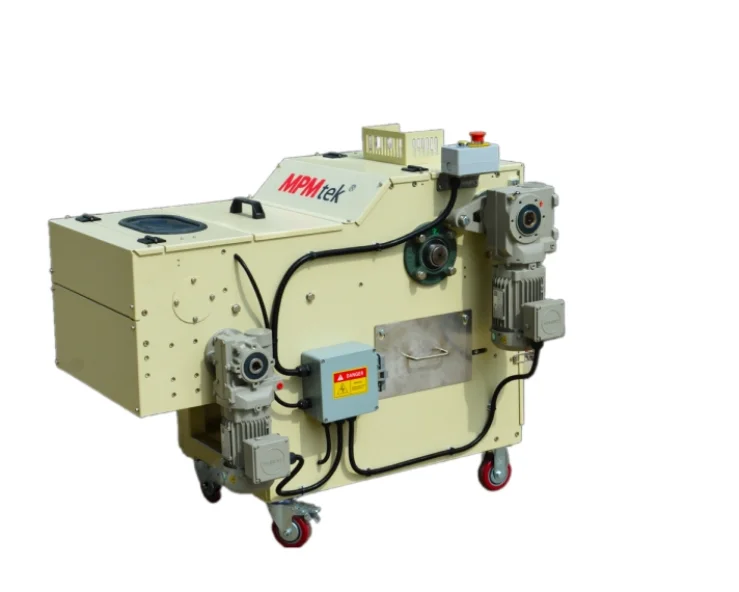
The Role of Calibration in Consistent Coating Quality
Calibration is key for even coatings. It makes sure powder goes on the same way every time. The Compact Cooling Crusher shows this off. It makes chips the same size with adjustable thickness settings. Good calibration cuts waste and boosts speed by keeping particle sizes steady.
Well-calibrated powder coating equipment also means less downtime from glitches. This is super important for high-end machines like the ACM-07 Lab Scale Mill or Twin Screw Extruder.
Maintaining Electrical and Mechanical Systems in Powder Coating Equipment
Checking Electrical Connections for Safety and Efficiency
Electrical stuff keeps powder coating equipment running safely. Check wires and connections now and then. Look for wear or rust. Loose wires can cause power jumps, which hurt how the machine works.
The Twin Screw Extruder has a central lube system with an oil temperature alarm. This stops overheating but needs solid electrical connections to work right. Safety systems built into these machines make things even safer.
Lubrication and Maintenance of Moving Parts
Lubing moving parts cuts down on rubbing, making them last longer. Use top-notch chain oils that don’t gunk up. Synthetic ester-based oils are great for hot spots over 220℃. They don’t evaporate much and lube well.
For gear like the CCB Cooling Conveyor, lube keeps the drum and belt moving smoothly. Its small design saves up to 65% of workspace. Stick to the maker’s lube schedule to stop damage.
Preventing Measures for Long-Term Equipment Reliability
How Preventative Maintenance Reduces Downtime in a Production Line
Preventative care is a big deal for keeping powder coating equipment trusty. Regular checks make machines last longer and cut surprise breakdowns. Take the ACM-07 Lab Scale Mill. Its high recovery rate (over 98%) and steady particle sizes need clean parts. Siemens PLC and HMI controls help tweak settings to avoid hiccups.
The Twin Screw Extruder is another example. Its self-wiping screws stop powder buildup. The clamshell barrel makes cleaning quick, cutting downtime from clogs. Swap out worn screws or kneading blocks to keep it running great.
The CCB Cooling Conveyor also loves preventative care. Its anti-static belt cools chips cleanly. Check the drum and belt for damage to avoid big fixes later.
Tools and Techniques Recommended by Powder Coating Equipment Suppliers
Powder coating equipment suppliers suggest neat tools for maintenance. Use soft cleaning tools for delicate parts like those in the ACM-07 Lab Scale Mill. Follow the maker’s steps when taking machines apart to keep things safe.
Good lubes are a must. Synthetic ester-based oils work awesome at high heat (over 220℃). They cut friction and keep parts clean. Tools like thermal cameras can spot hot spots in wires or parts. This lets you fix stuff before it breaks big-time.
Training Staff for Effective Maintenance Practices
Educating Teams on Proper Use of the Powder Coating Production Line
Training your crew is key for running and fixing powder coating equipment right. Teach them how each machine works. For example, knowing the Laboratory Twin Screw Extruder’s PLC controls helps them tweak settings fast. This machine mimics big production, making it a cool training tool.
Hands-on lessons should cover stuff like cleaning the ACM-07 Lab Scale Mill or checking the CCB Cooling Conveyor for wear. Give out clear manuals and videos. These help your team remember what to do and find answers quick.
Establishing a Maintenance Schedule with Clear Responsibilities
A solid maintenance plan keeps the Powder Coating Production Line humming. Set clear jobs for everyone to avoid mix-ups. Daily tasks might include checking lube levels in the Twin Screw Extruder’s central system.
Weekly checks can look for wear on screws or cooling drums. Monthly or every few months, do bigger tasks like calibrating sensors or updating software on the ACM-07 Lab Scale Mill. Digital tools can track what’s done. The Laboratory Twin Screw Extruder’s recipe-mode system lets you save settings easily. Adding this to a maintenance app cuts mistakes and saves time.
Frequently Asked Questions
How does preventative maintenance reduce downtime?
A: It stops surprise breakdowns by catching issues early. Cleaning machines like the ACM-07 Lab Scale Mill keeps them running smooth.
What tools are recommended for maintaining powder coating equipment?
A: Soft cleaning tools work for delicate parts. Synthetic ester-based oils lube well at high heat. Thermal cameras spot problems early.
Why is staff training important for equipment reliability?
A: It teaches teams to use and fix powder coating equipment right. Hands-on practice with gear like the Laboratory Twin Screw Extruder helps a ton.
How often should maintenance tasks be performed?
A: Check lube daily, look for wear weekly, and calibrate monthly. Digital tools keep track of everything.
What role do suppliers play in equipment maintenance?
A: Powder coating equipment suppliers give tips on tools and tricks. They help keep gear like the CCB Cooling Conveyor working great.
For more about MPMtek’s awesome powder coating equipment that meets ISO9001 and CE standards, reach out today!

